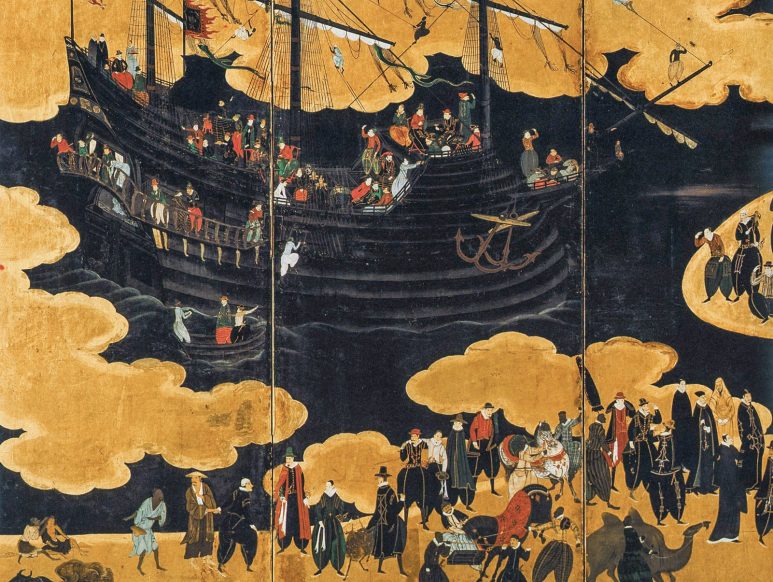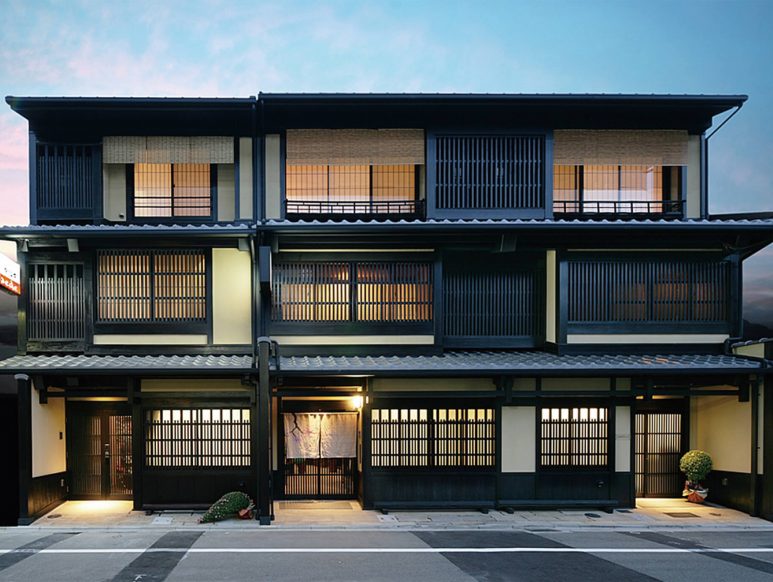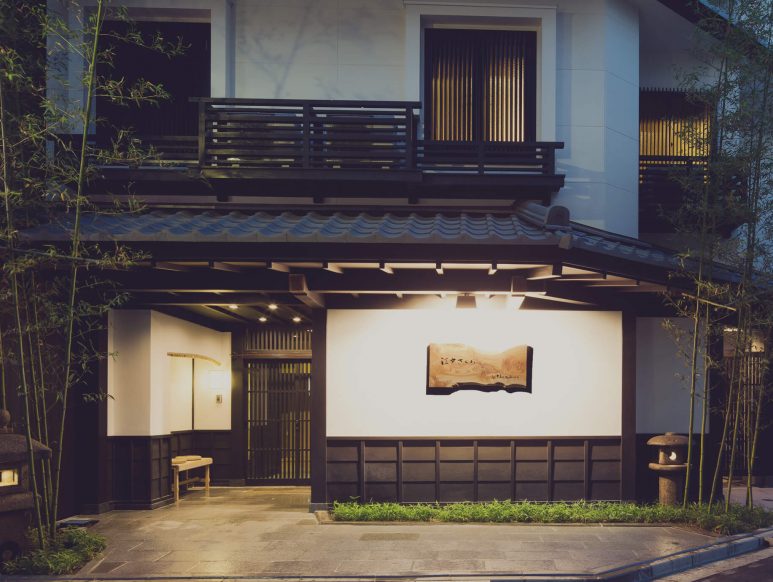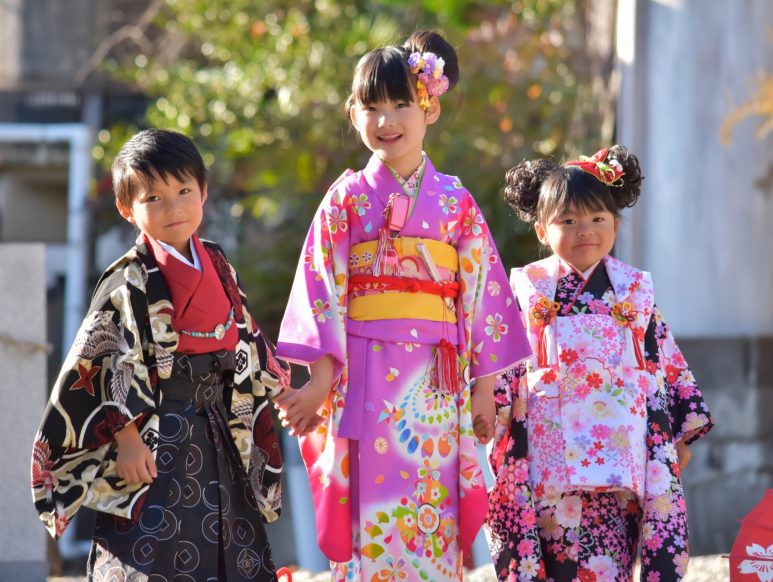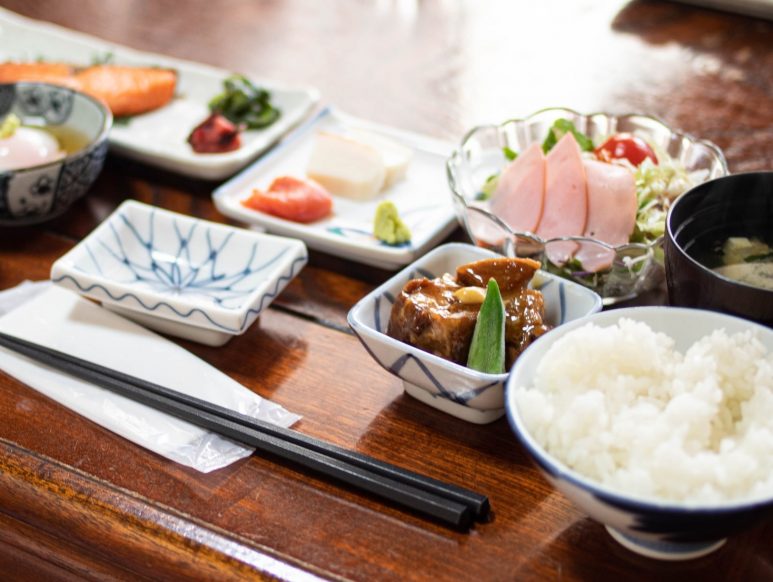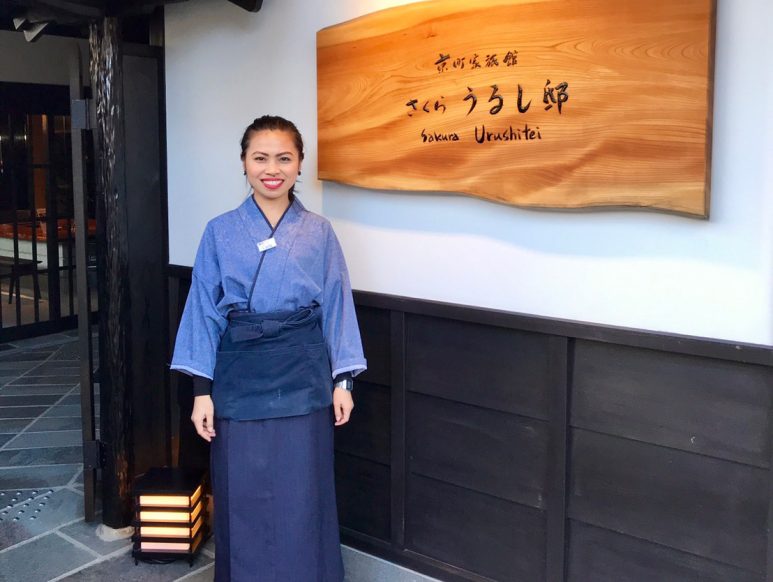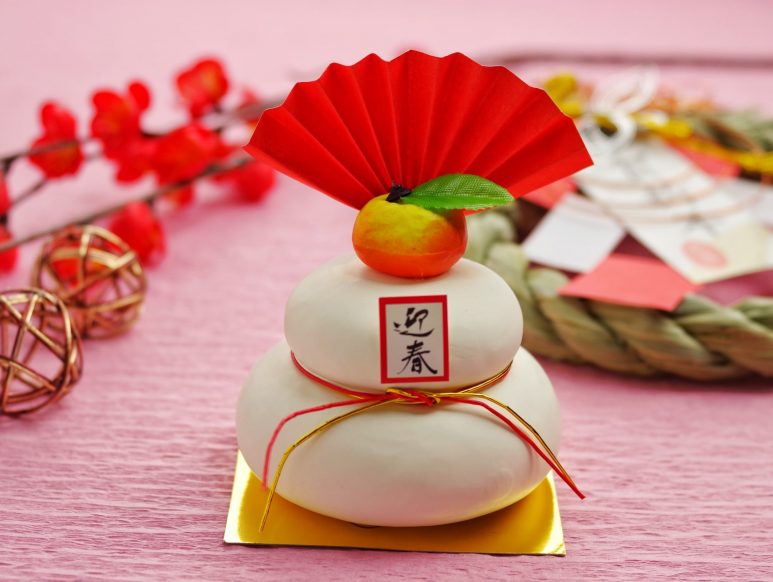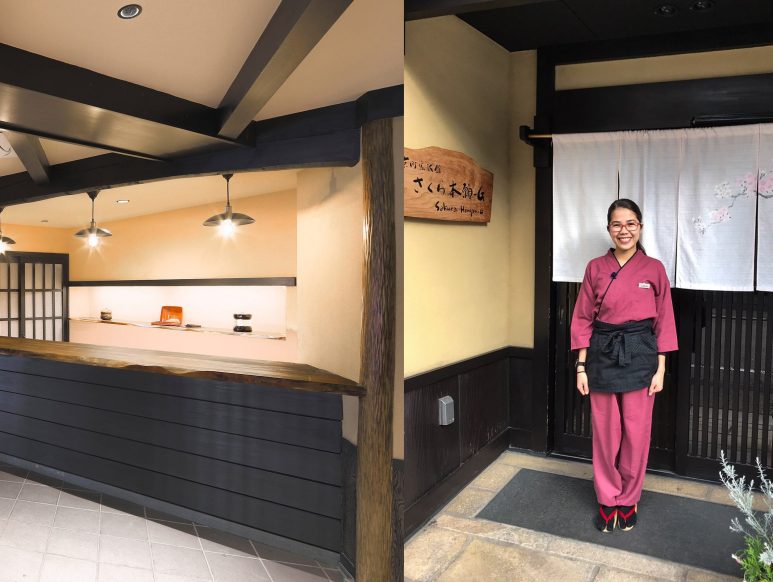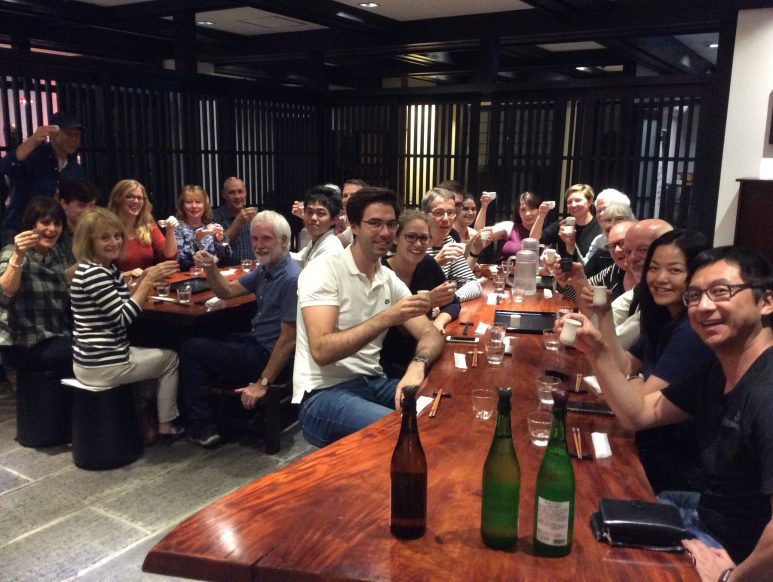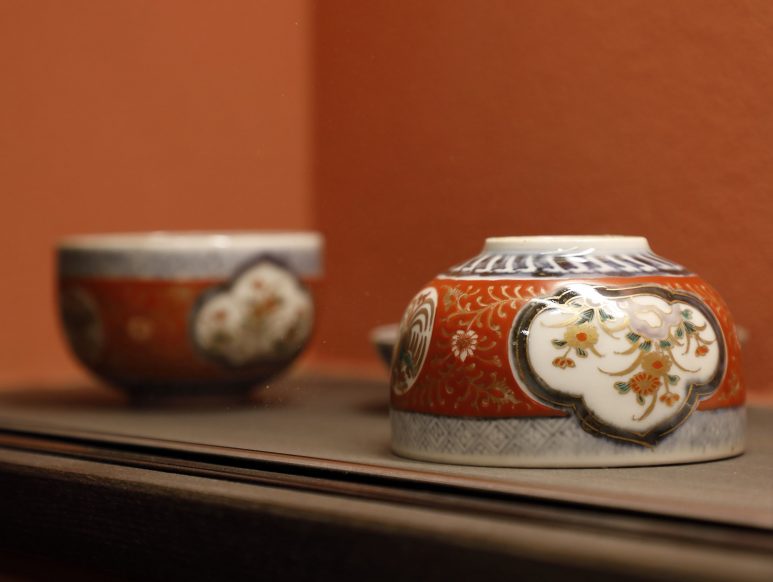Oct 15, 2019
- Edo Sakura
- Kyoto
- Sakura Hongan-G
- Sakura Urushitei
- Tokyo
Why is it difficult to understand what wabi-sabi means?
What wabi-sabi means… The culture and philosophy behind one of Japan’s most influential concept, that curved its way through arts, ceremonies. Wabi sabi became part of the everyday life of many in both Japan and overseas.
In Japan, there are many deep and meaningful concepts that are part of Japanese culture. The traditions and trends of the country are very interesting and circle around different forms of philosophy. Japanese culture and philosophy have a unique ideology of beauty and the perception of beauty and aesthetics in the world. One such intriguing Japanese concept is “wabi-sabi”.
The definition of wabi-sabi
Wabi-sabi is the view or thought of finding beauty in every aspect of imperfection in nature. It is about the aesthetic of things in existence, that are “imperfect, impermanent, and incomplete”. Wabi-sabi is also deeply influenced by the teaching of the Buddha and its school of thought can be interlinked with Buddhist thinking. It is essentially a concept or ideology that comes from the ‘Buddhist teaching’ of the three marks of existence that are namely “impermanence” (mujō), suffering (ku) and emptiness or absence of self-nature (kū)”.
Wabi sabi is a beautiful way to describe what is natural and pure and to acknowledge the beauty of any substance or being in its most natural and raw form. It eliminates the rather Westernized concept of artificial beauty and idolizing a state of perfection that is seemingly unachievable and unnatural. The western world has made the concept of beauty into something that is becoming more and more refined as well as more and more unachievable with each passing day and it distorts the idea of natural beauty and accepting the flaws of existence, however, on the contrary, the Japanese belief and concept of wabi-sabi embraces just that and allows the people to be more accepting and open to embracing the beauty of flaws and rawness.
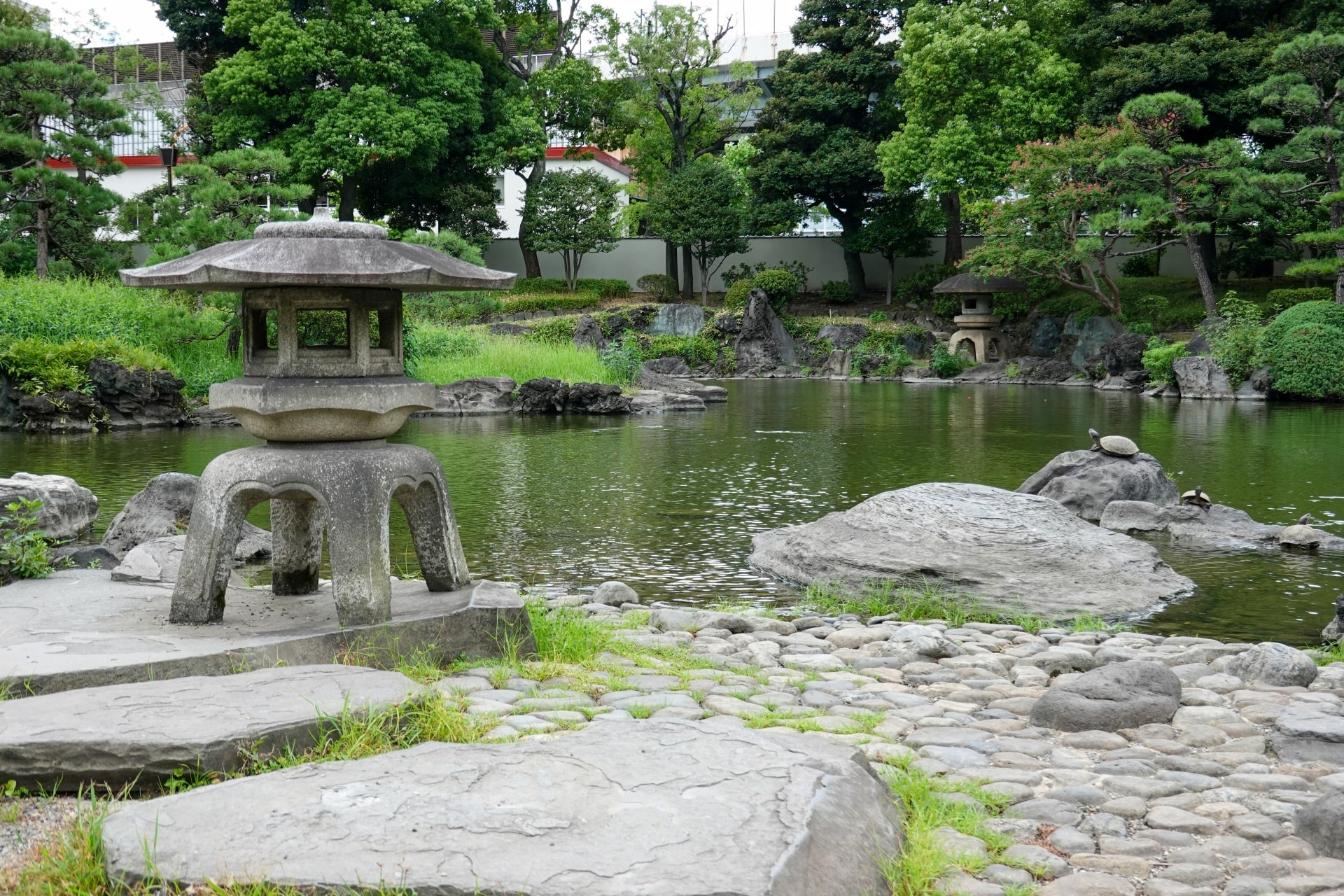
Wabi-sabi in Japanese culture and arts
Wabi-sabi has a deep enrooted effect and influence on the culture of Japan. The philosophy reflects in many local aspects such as Japanese gardens, architecture, and many other forms of art as well. It is quite a delightful thing to experience and is a great theory put into reality through art and décor. Wabi sabi is a philosophy that has been extracted from the simplest of ideas and an everyday common thought but it has been implemented in such a beautiful way. It also goes well with the environment and the way of life that the people of Japan lead and live in. The philosophy reflects their temperament and lifestyle and also links to Zen Buddhism.
In Japanese architecture, the influence of wabi-sabi is what makes it unique. Even in the more contemporary design style of Japanese architecture, wabi-sabi blends in to give a unique aesthetic and sense of comfort with simplicity.
What the words behind wabi-sabi mean?
The concept can be better understood if it is broken down to its roots of the word ‘wabi-sabi’ itself. This leads to an interesting explanation and puts together a lot of sense behind the main concept that the word represents. ‘Wabi’ expresses the part of simplicity, impermanence, flaws, and imperfection. On the contrary, ‘Sabi’ displays and expresses the effect that time has on a substance or any object. Together ‘wabi-sabi’ embraces the idea of aesthetic appreciation of aging, flaws, and the beauty of the effects of time and imperfections. The two separate parts when put together, complete each other. They express simplicity and the truest form of an object. Finally, it embraces finding comfort in purity and a life detached from materialistic obsessions of the world.
In architecture, this means a more comfortable design ruled back to the simplicity of nature. It embraces the elements of raw textures rather than the false pretense of a crystal-clear space with a materialistic idealization of “perfection”.
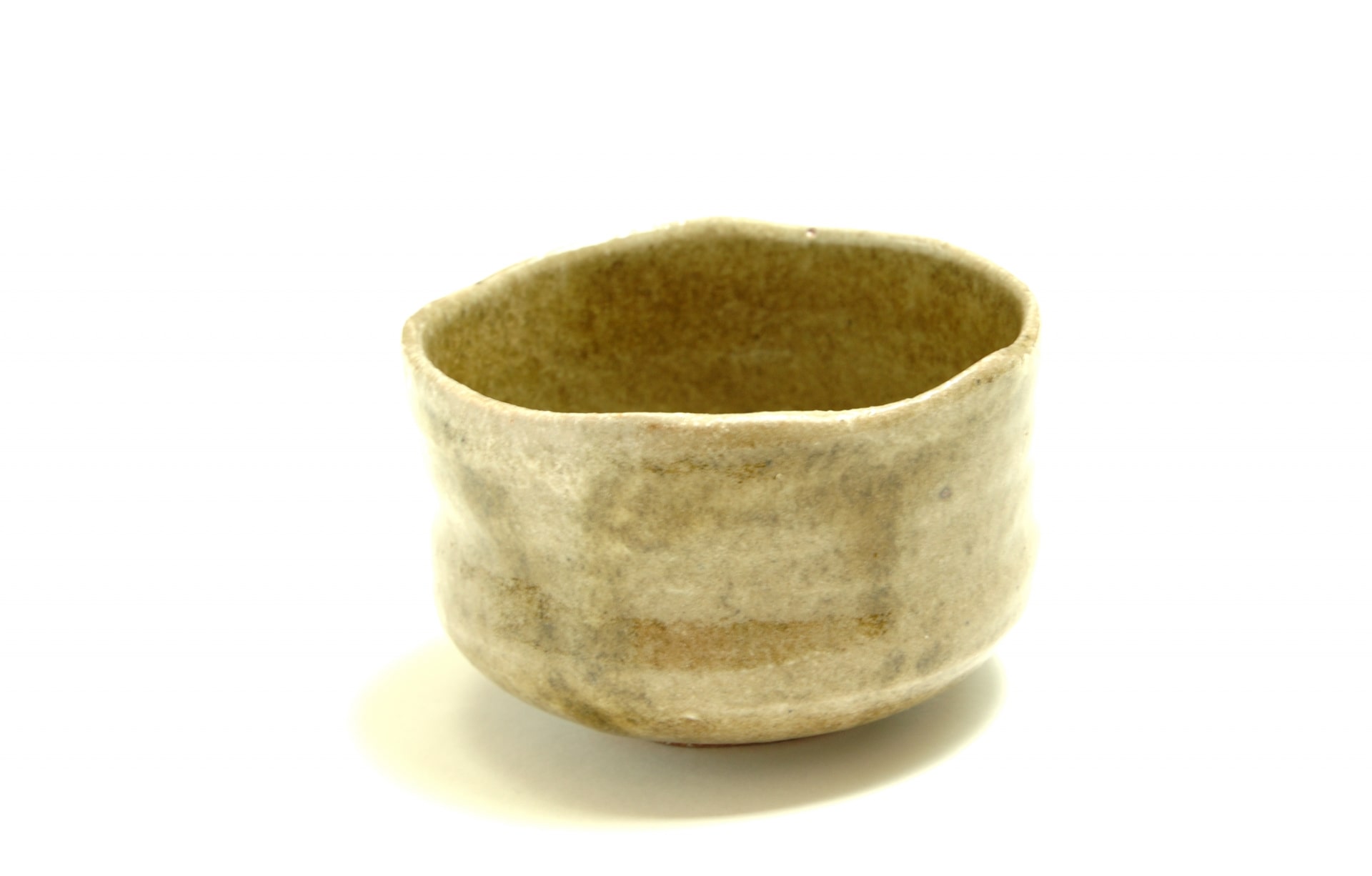
Understanding the difficulty behind the concept
For many foreigners the concept of wabi-sabi initially becomes difficult to understand and to digest at times. However, when it is simplified and broken down it becomes more clear and easier to understand. The pure intention behind the concept is present in the daily lives and art of Japanese people. The philosophy is present in their culture, traditions, and trends. It is different from what the rest of the world views. For a foreigner it could be hard to digest in the beginning. Nevertheless, once you embrace it, wabi sabi opens a doorway to an enticing belief. Therefore, wabi sabi has the power to change mindsets. It can change the common perception of what beauty and aesthetics really are and what they can be.
Try the philosophy yourself
Wabi-sabi is a peaceful portrayal of Buddhism and the Japanese school of thoughts. It is something that we should all try and make a part of our lives.
In our Ryokan Hotel , Sakura Urushitei, you can experience wabi-sabi through the arts of urushi, calligraphy, pottery, ikebana (flower arrangement) and tea ceremony. Learn more about our activities here. Open your eyes and find wabi sabi everywhere where you look both in the traditional and modern world of Japan!


